How are Japan’s chances in the home team’s strongest discipline going into the Tokyo Olympics? Can Hirota and Fukushima rise to the biggest occasion of their career?
By Don Hearn. Photos: Badmintonphoto
Entering the Olympic women’s doubles competition with the first and third seeds belies Japan’s dominance in this discipline over the past few years. With over two dozen Superseries or equivalent titles, two World Championships, and Asian Games silver all since Matsutomo and Takahashi won gold in Rio, the Japanese podium success is close to rivalling China’s at the height of its women’s doubles power. In early 2019, Japan accounted for half the pairs in the world’s top ten.
Retirements and the Olympic qualifying rules have whittled that dominance down to the point where, of course, Yuki Fukushima and Sayaka Hirota (pictured below) and Mayu Matsumoto and Wakana Nagahara will have to keep Japan’s home on quality, not quantity. In fact, it was Korea that had four top ten pairs when Olympic qualifying ended and they, along with China, will also be fielding two pairs each in Tokyo, all six being strong contenders for the gold.
Of the two Japanese pairs, third-seeded Matsumoto and Nagahara have the more prestigious trophy case but on paper, they also appear to be the more vulnerable. A key statistic is their losing records against both Chinese and both Korean pairs. It is worth noting that they were spared an encounter with a top Korean or Chinese pair in both of their successful World Championship campaigns.
That is not to say that an unfavourable quarter-final draw will necessarily torpedo the reigning All England champions’ chances. There is no one they cannot beat, they are playing with a (granted, crowd-less) home court advantage, and they have a proven track record of peaking for the big events.
Turning silver into gold?
The last time we had a major summer badminton championship, P. V. Sindhu was able to take the last step up the podium after settling for silver at one Olympics, two World Championships, and the Asian Games. But in women’s doubles, Fukushima and Hirota have had an equally tantalizing string of runner-up finishes as Sindhu had. They have lost three consecutive World Championship finals, came up short at the World Tour Finals, and took bronze at the Asian Games when they lost to the eventual winners.
The world #1 pair is every inch the gold medal favourite. Fukushima and Hirota have winning records against every visiting pair and crucially, have not experienced the problems that Matsumoto and Nagahara have with the Korean and Chinese pairs. They may not have a World Championship title but it was they who featured in the biggest finals in three consecutive post-Rio summers.
The challengers from close to home
The biggest threats clearly come from Korean and Chinese pairs. It will be interesting to see how the rivalries develop after such a long time apart. The Chinese haven’t played internationally since Du Yue and Li Yinhui lost to Fukushima/Hirota in the 2020 All England final. Both the Japanese and Koreans have seen international action since then but never at the same tournaments.
Lee So Hee and Shin Seung Chan are the higher-ranked of the Korean pairs and they’ve been playing together the longest but they also have dismal records against virtually all the top pairs but the two-time defending champions. They will have to bring their A game or try something new because no luck of the draw can get them a medal for beating only pairs they already have an edge over.
Group draw could present some snags
One of the most crucial group stages could be the one in Group D. Asian Games gold medallists Chen Qingchen and Jia Yifan are favoured to take the group but none of the pairs is undefeated against more than one of their 3 prospective opponents. Chen and Jia have been beaten by both the Koreans and the Bulgarians and Kong Hee Yong / Kim So Yeong have had their troubles with the Thais and the Chinese but never the European sisters.
In fact, it is very difficult to predict, with any certainty, the quarter-finalists from any of the groups. Fukushima and Hirota will almost certainly emerge atop Group A but Greysia Polii / Apriyani Rahayu (pictured right) can beat anyone on a good day and, along with the six northeast Asian pairs, are clearly among the strongest contenders to eventually take the gold. The Indonesians, however, have lost their last two encounters to Malaysia’s Chow/Lee and the Malaysians lost their only meeting with Birch/Smith.
Group C is complicated by the fact that Du/Li of China are undefeated versus #4 seeds Lee/Shin but are 1-1 against Denmark’s Maiken Fruergaard / Sara Thygesen. Add to that the fact that Somerville/Mapasa of Australia have never played one of these three pairs and it’s not so easy to call it for the two top ten pairs.
There is no doubt that the two-time World Champions will reign supreme in Group B. But the second quarter-finalist is harder to predict. Canada’s Rachel Honderich / Kristen Tsai (pictured left) just happen to have been drawn in the same group with the only higher-ranked pair to whom they are undefeated But Selena Piek / Cheryl Seinen have also beaten Matsumoto/Nagahara so a 3-way tie at the top of the group cannot simply be ruled out.
Interestingly, Group B is the only one with two players who are also playing mixed doubles. Selena Piek is doing double duty, but Egypt’s Doha Hany is actually on triple duty, as she will also be facing Chen Yufei and Neslihan Yigit in the singles competition. The other two mixed players are Gronya Somerville in Group C and Lauren Smith in Group A.
Click on the above table to see a version with links to detailed head-to-head results. Cels shaded in green denote match-ups that will take place in the round robin stage.
![OLYMPIC WD Preview – Can Japan get their fairy-tale final? How are Japan’s chances in the home team’s strongest discipline going into the Tokyo Olympics? Can Hirota and Fukushima rise to the biggest occasion of their career? By Don Hearn. […]](http://www.badzine.net/wp-content/uploads/ngg_featured/20180708_1624_IndonesiaOpen2018_BPYL4954_rotator.jpg)
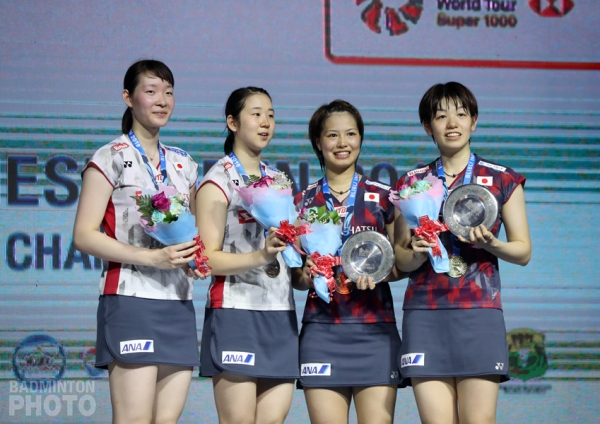
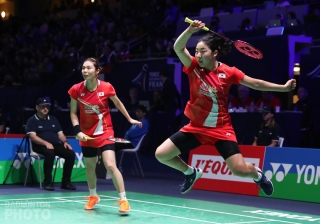
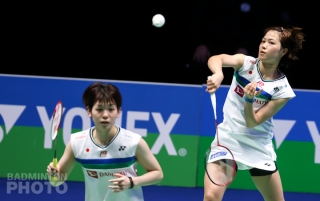
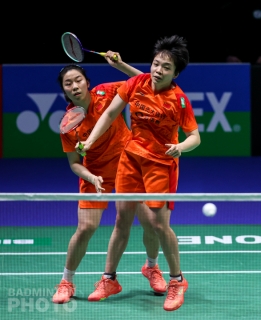
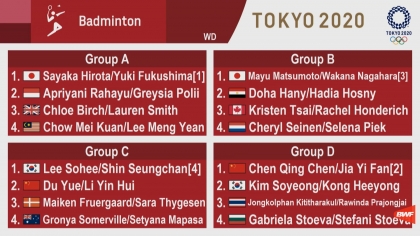
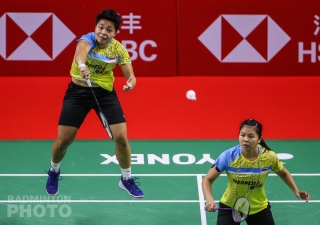
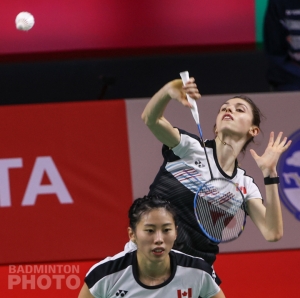
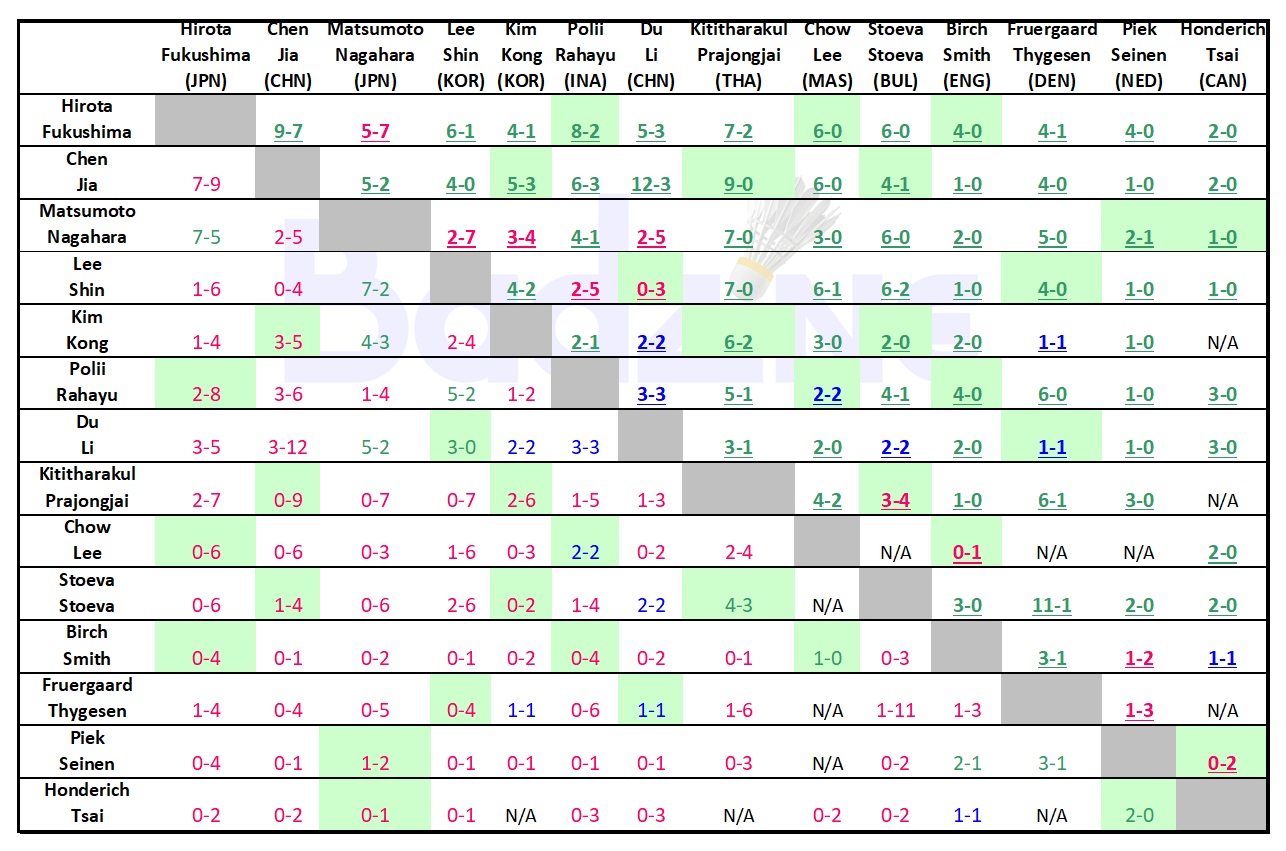

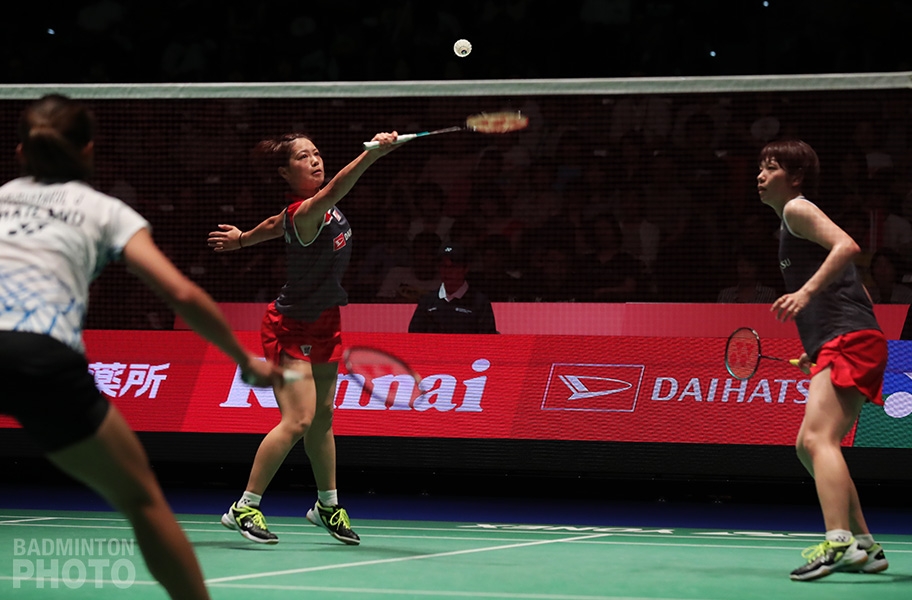
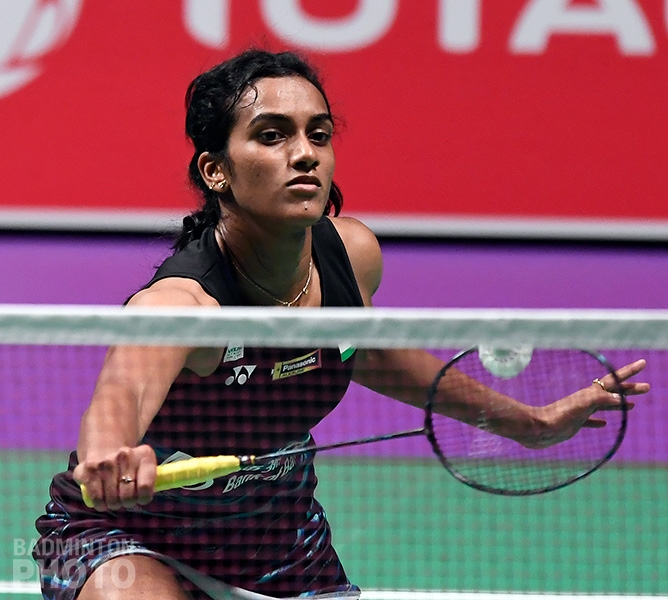
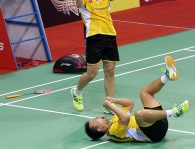
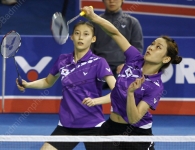
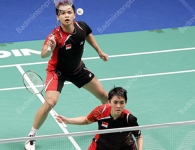
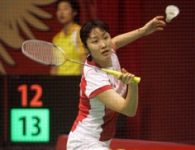
Leave a Reply